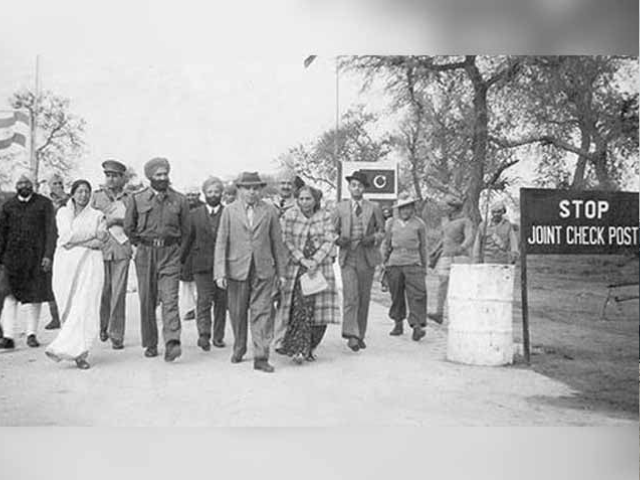
The Wagah border between Pakistan and India has reached a significant milestone, marking 77 years since its establishment.
The foundation of the Wagah security post was laid on October 11, 1947, and it has since witnessed the fluctuating relationship between the two countries.
While trade and passenger trains used to run across the Wagah border, these services have been halted due to the tense relations. Nevertheless, it remains a crucial passage point for citizens of both nations.
When the partition of India was announced in 1947, violent clashes erupted, particularly in Punjab. At that time, no formal border existed, leaving Sikh and Hindu families travelling to India unaware of the location of the border.
Similarly, Muslim refugees entering Pakistan faced challenges in identifying their new country’s boundaries. This lack of clarity resulted in numerous attacks, looting, and violence against migrant convoys which became difficult to control.
With the partition, the military was also divided. Pakistani Army commissioned officer Brigadier Nazir Ahmed, who later became a Major General, met with Brigadier Mahinder Singh Chopra, commander of India’s 123 Infantry Brigade. They had previously served together in the unified army.
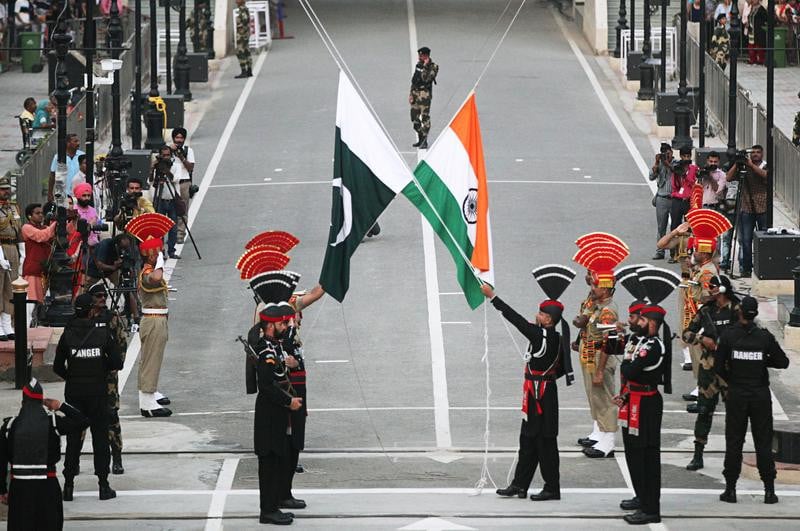
On August 17, 1947, Wagah border was designated as an international border due to the Radcliffe Boundary Award. However, both officers realised that, despite a general perception of the existence of the Pakistan-India border, no definitive demarcation had been established. It was crucial to set clear boundaries as neither the Pakistani nor Indian forces knew where the Grand Trunk Road ended in Pakistan and began in India.
On October 11, 1947, the two officers conferred and established the international border by placing empty metal drums marked with "Pakistan" and "India" along the central road. These makeshift markers have since been replaced by beautiful and sturdy iron gates.
In 1959, the flag-hoisting ceremony commenced at the border, and both countries deployed Border Military Police to secure their respective sides. The status of these forces has changed over the years; currently, the Pakistan Rangers guard Pakistan's side, while India's Border Security Force (BSF) oversees their border.
For 60 years after the partition, the joint border checkpoint was known as Wagah. However, in September 2007, India renamed its portion of the area from Wagah to Atari Border, reflecting its political stance. Atari is an Indian border village, and Indian politicians believed that the name Wagah should not be associated with their territory.
Since 2007, this border checkpoint has been referred to as the Wagah-Attari border, with its identity closely tied to the daily flag-lowering ceremony and the joint parade by the border forces, which attracts thousands of spectators.
1728889627-0/nicole-(1)1728889627-0-405x300.webp)




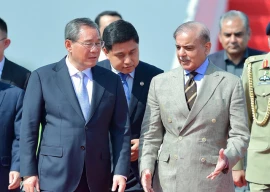

1728896365-0/marine-plants-file1725562192-0-(1)1728896365-0-270x192.webp)





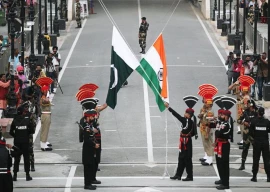





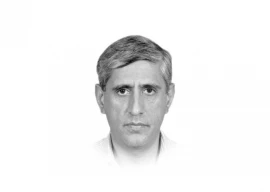

COMMENTS
Comments are moderated and generally will be posted if they are on-topic and not abusive.
For more information, please see our Comments FAQ